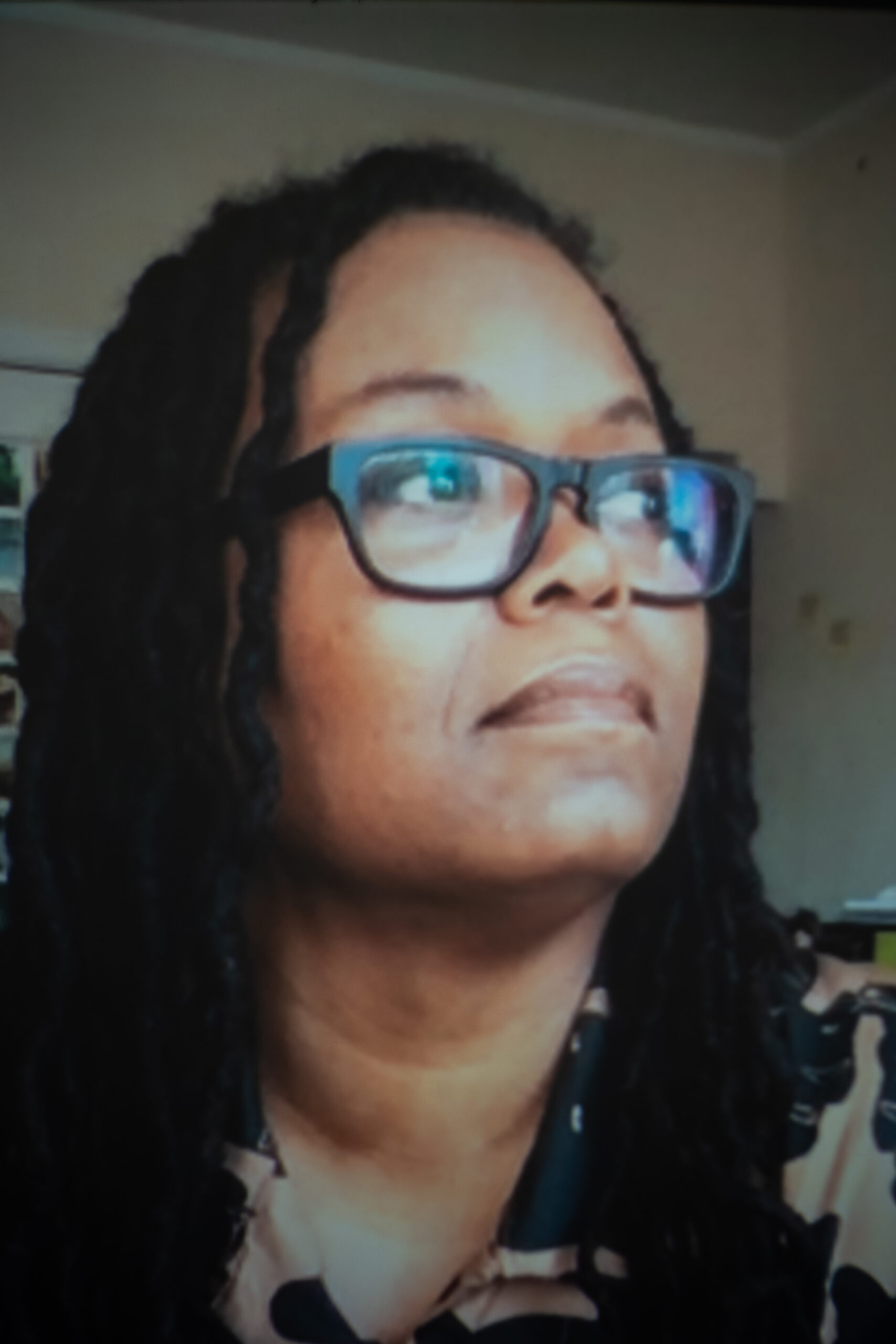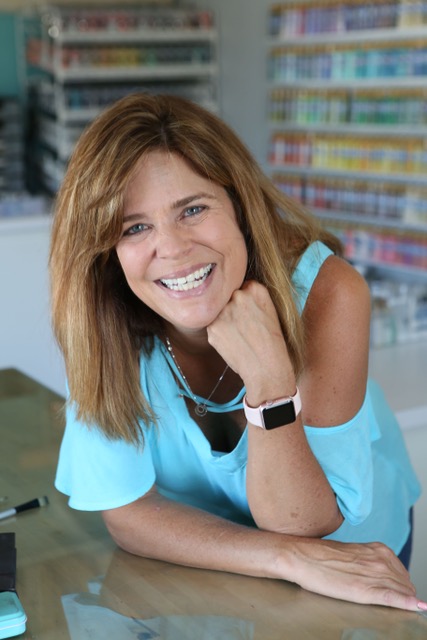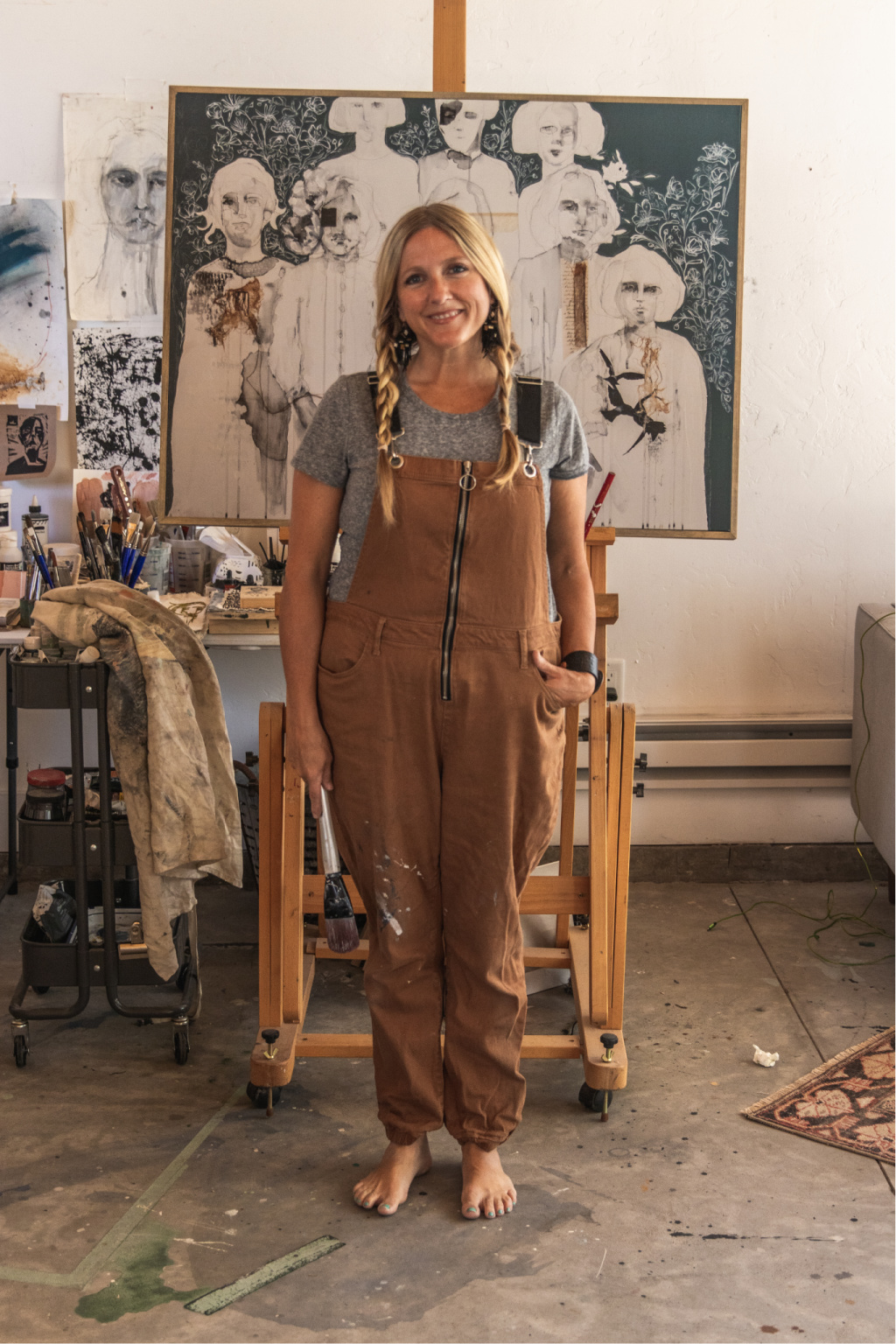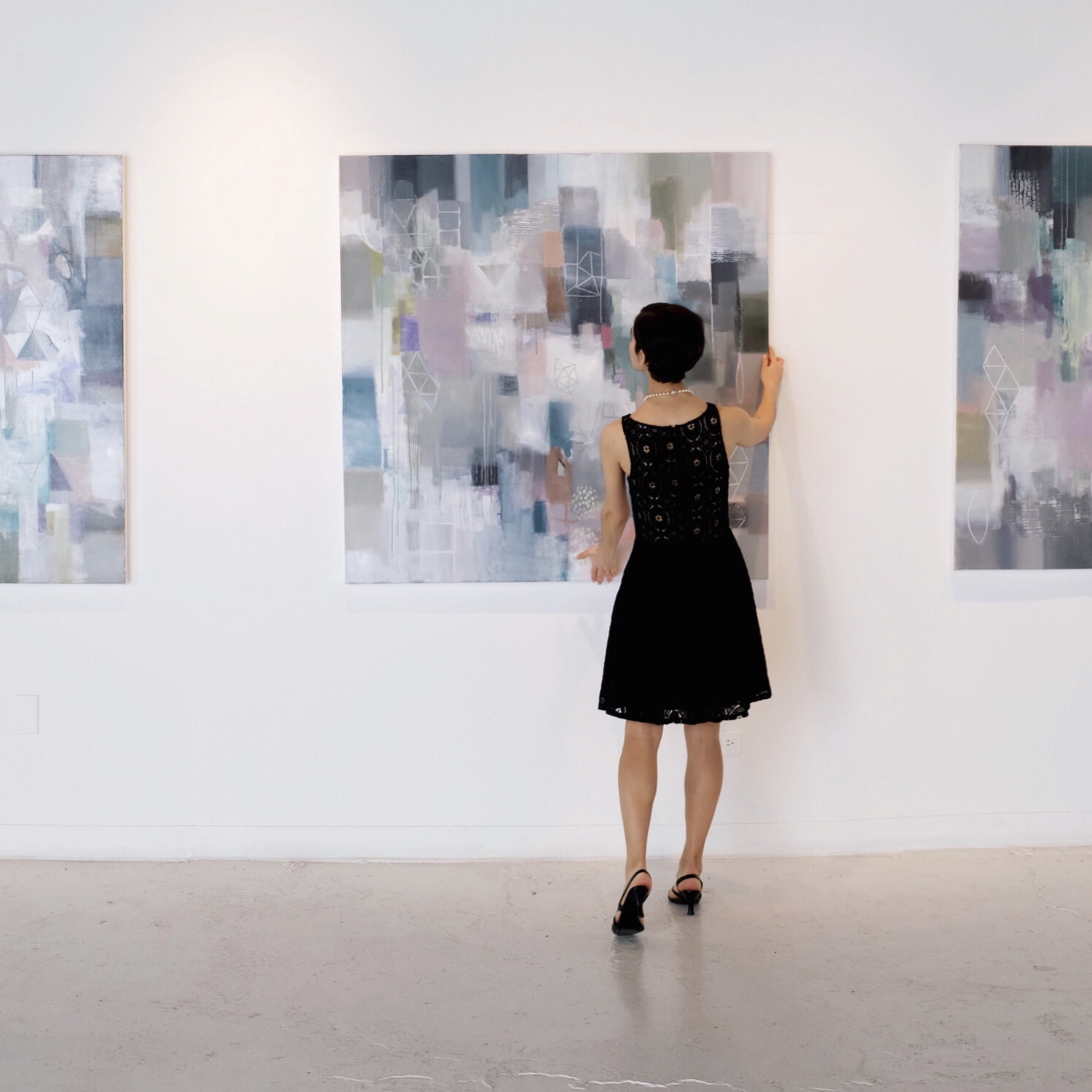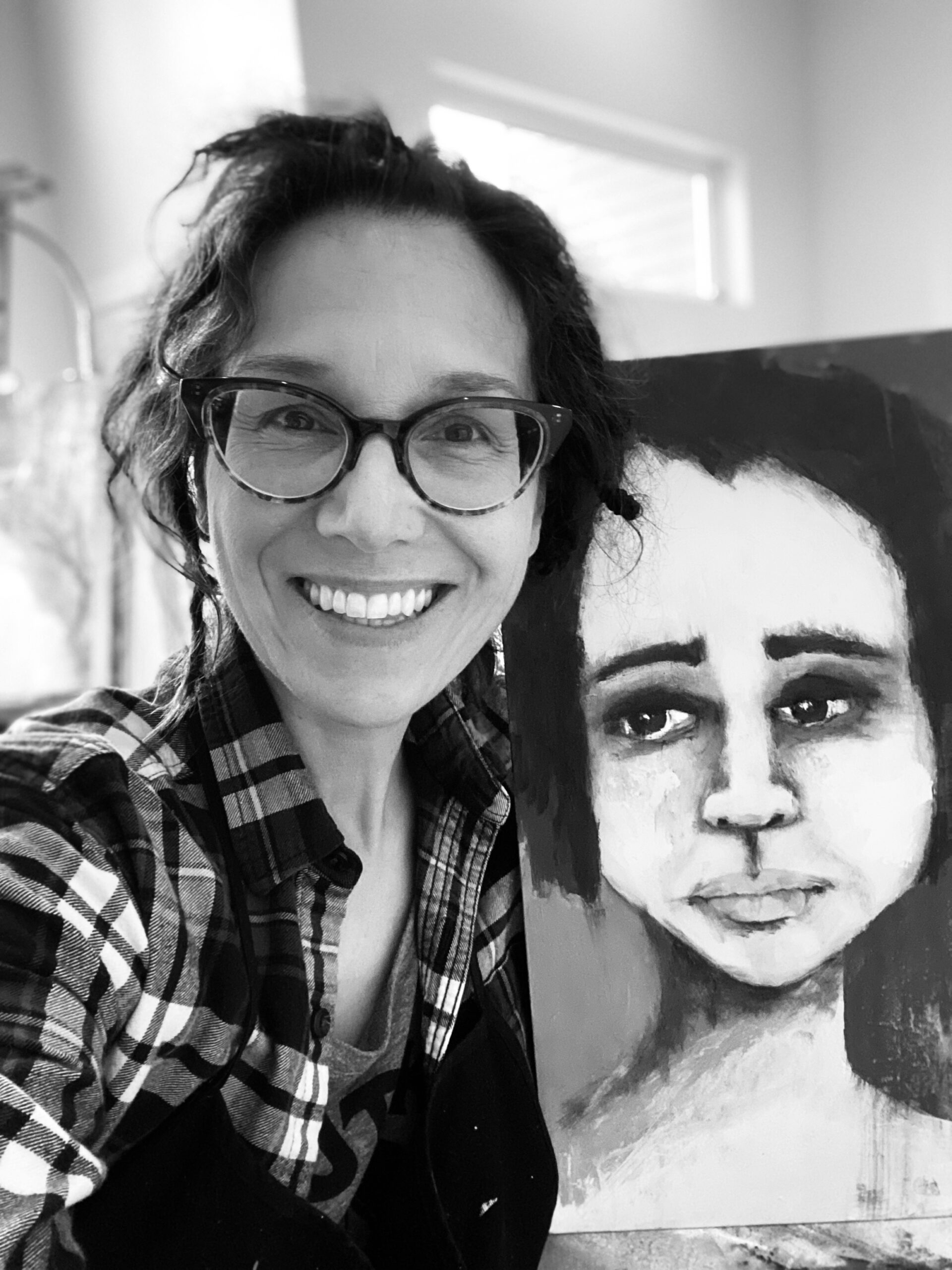#183 e Bond: Bookbinder, Designer, and Writer
e Bond is a book artist who has been inspired by her walks in the woods in the many parks where she lives. Eight years ago, she came to California to get her MFA and has remained ever since. She makes books, fine art, and sometimes adds poetry to her works. She recently completed an artist residency near her home. When we’re not social distancing, she teaches book arts classes in person, but for now, you can find her classes online. Listen here or download from iTunes, Spotify, Google Play Music, CastBox, or Stitcher. e Bond Where You Can Find e Bond e's website is ebondwork.com. Instagram: @eisroughdraft These are the hashtags for her 100 Day Projects: #100questionsworthasking #100mapstoanywhere #100stepstowardacento #1tree100trees #roughdrAftBOOKOTD16 #asentenceinasquare Here is the link to her online classes on Creative Bug. She is featured in the book by Andrea Pippins called We Inspire Me. You can follow Karen Ward on Instagram to find out when she's doing her Curiosity Summer Camp again. Here are some great takeaways from our conversation: When e is thinking about her next art project, she makes sketches and writes down her ideas. That’s just what works best for her in the planning stage. But because she does this, she has a paper trail of the process and how she’s gotten to the end product. It’s also helpful to have this paper trail when she’s teaching art to others. Art doesn’t have to be inspired by something profound. It can be as simple as a little doodle you made or a leaf you noticed on a walk. e likes doing freelance design work for others because once they’ve given her their ideas and parameters, then she has all her creative energy left to execute the project. She hasn’t used up her creativity yet coming up with ideas. In e’s shop on her website, she’ll occasionally dump large amounts of her art and put it for sale. She does this about 3-4 times a year, and it may be 30-60 artist books at once. This is a great way to build up interest and anticipation in your art, especially if you promote it a few weeks ahead. e has participated in the 100 Day Project for about five years. A 100 Day Project is a project of your choosing that challenges you to keep up with it for 100 days, even if they’re not in a row. This is a great way to try something new or to develop a daily practice. She posts hers to Instagram and keeps track of them by giving them a unique hashtag. e told us about the month-long residency she’s doing. Art residencies can be used to concentrate on one art project without every day distractions. Usually when you apply you have to submit a proposal for what you’re doing, but your project is completely designed by you. Most residencies end with a reception where the artists can show what they’ve made. e said that her residency will be…
